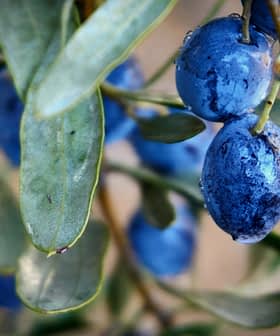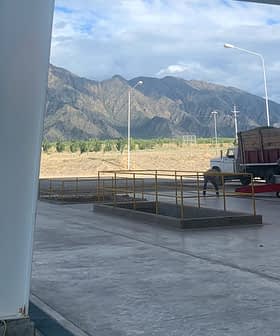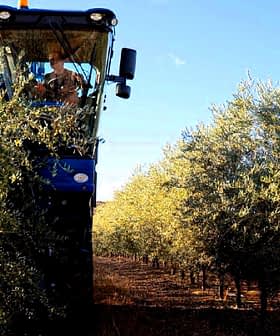Water scarcity is having a significant effect on the olive harvest across Spain this year. However, growers in Córdoba now fear that the impact of the drought might extend into the 2023 harvest.
Some rainfall in the last few weeks in parts of the country was insufficient to replenish largely-evaporated water resources. As a result, the country’s reservoirs are still well below their average capacity, and discussions are ongoing at the national and local levels to determine and manage water use priorities.
We can only hope for rainfall to set in in these weeks to improve the wellbeing of the olive groves.
Asaja Córdoba, an association of young farmers and ranchers, warned there might not be enough precipitation this autumn and winter for olive trees to produce fruit next year.
The association said less drought-stricken areas have already started harvesting and transforming their olives, with yields well below average. The phenomenon is due to both a reduced quantity of fruits and water stress, which lowered the oil accumulation in the drupes.
See Also:2022 Harvest Updates“The drought we are coping with will have a larger impact on olives size, leaving us with smaller fruits,” said Ignacio Fernández de Mesa, president of the association. “That is why we can only hope for rainfall to set in in these weeks to improve the wellbeing of the olive groves.”
In the current situation, de Mesa warned that yields in the province are expected to be halved, resulting in €500 million in losses in the 2022/23 crop year.
Asaja Córdoba also noted that the production decrease would further affect farmers already facing skyrocketing fuel, energy and fertilizers costs.
According to the association, diesel fuel prices have risen from €0.56 to €1.30 per liter in less than one year. Likewise, fertilizer prices have increased 105 percent in the same period, rising from €380 per ton to €780 per ton.
However, the significant yield reduction in Córdoba is not a surprise. Similar trends have been observed across Andalusia, the world’s largest olive oil-producing region, and in other significant Spanish olive-growing regions.
The Spanish Ministry for Agriculture, Fishery and Food published official estimates confirming a 48 percent decrease in Spanish olive oil production.
The ministry estimates olive oil yields to reach 773,881 tons in 2022/23, well below the 1,489,351 tons of the 2021/2022 season.
According to the data, Andalusia has experienced a 49 percent production decrease. In Jaén, the largest olive oil-producing province in Andalusia, the yield is expected to fall 60 percent to 200,000 tons. Meanwhile, in Córdoba, production is expected to reach 158,000 tons, a 47 percent drop.
Similar declines are expected in Extremadura (-53 percent), Spain’s third-largest olive oil-producing region, while the Valencian Community anticipates a 58 percent fall.
Slightly better news has come from Castilla-La Mancha, Spain’s second-largest olive oil-producing region, which expects a 39 percent decrease and Catalonia, which anticipates a 41 percent fall.









